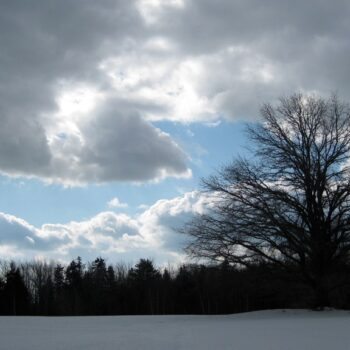
The VUCA-Plus Challenge of COVID-Related Expertise: Dancing on a Moving and Warped Plane
Problems and dilemmas are usually complex mixtures of controllable and uncontrollable elements. Internal and external locus of control exist side by side with one another—especially in the nested dilemmas we often face with the virus. Our task is to discern: what can we control and what can’t we control? We will be able to successfully address a problem or dilemma only by embracing a balanced perspective regarding internal and external loci of control. One of the most helpful inquiries when confronting problems, dilemmas and (in particular) nested dilemmas is to identify what is and what is not under one’s control, and to do that from a perspective that challenges immediate perceptions. A problem or dilemma that is embedded in a rugged landscape is more likely to have components that are under our partial control than is a problem or dilemma embedded in a dancing landscape.
There are myriad challenges associated with the task of identifying and addressing these four different kinds of issues. First, we typically want our issues to be puzzles that we can control or perhaps mysteries for which we have no responsibility. Puzzles can be solved, and we know when we have solved them. Mysteries are outside our control, so we need not feel responsible for resolving them. But problems and dilemmas—these are much more difficult to address, and they are swirling around us in abundance.
The perfect storm and big waves created by COVID-19 are clearly present and demanding of navigation skills related to locus of control. During this era, we must determine which aspects of the COVID-19 problems or dilemmas are under our control and which aspects are not. The confusing mixture of internal and external control is inherent in problems and dilemmas. So is the balancing of competing but valid interests represented by different members of our family, organization, community, and society. Perhaps Mother Nature should also weigh in. That is what makes these issues so difficult to address.
Living and Leading on Challenging Landscapes and Planes
I have already introduced the work of Miller and Page regarding rugged and dancing landscapes. This intriguing metaphor holds great promise in helping us better understand the nature and dynamics of the current COVID-19 crisis, as well as future pandemic crises. I will briefly revisit this landscape metaphor and then turn to a topological metaphor—the warped plane —that I believe offers even greater insights regarding the virus. It is living on a warped plane that creates the experience of tippy virus-based vulnerability.
I ask, in revisiting the rugged landscape: how do we assess and gain a full appreciation of complex interdependencies operating on this landscape? The topographers (map makers) suggest that we sample points and prepare a “terrain mesh” (or network) of points and connections between the points. Meshes are made up of triangulations. In the case of landscapes there are not only horizontal triangles (links between points in the landscape that show up on a flat map), but also vertical triangulations (between high and low points). There are, in other words, multiple triangulations and multiple levels of triangulation. This is what makes measurement of a rugged landscape difficult—and makes accurate and useful measurement of the various operations in a complex system (organization, community, society) also challenging. Accurate assessments of landscapes require multiple measurements at many points in the system, using a variety of assessment tools—what assessors often call a multi-trait/multi-method approach to program evaluation.
- Posted by William Bergquist
- On October 19, 2021
- 0 Comment


Leave Reply